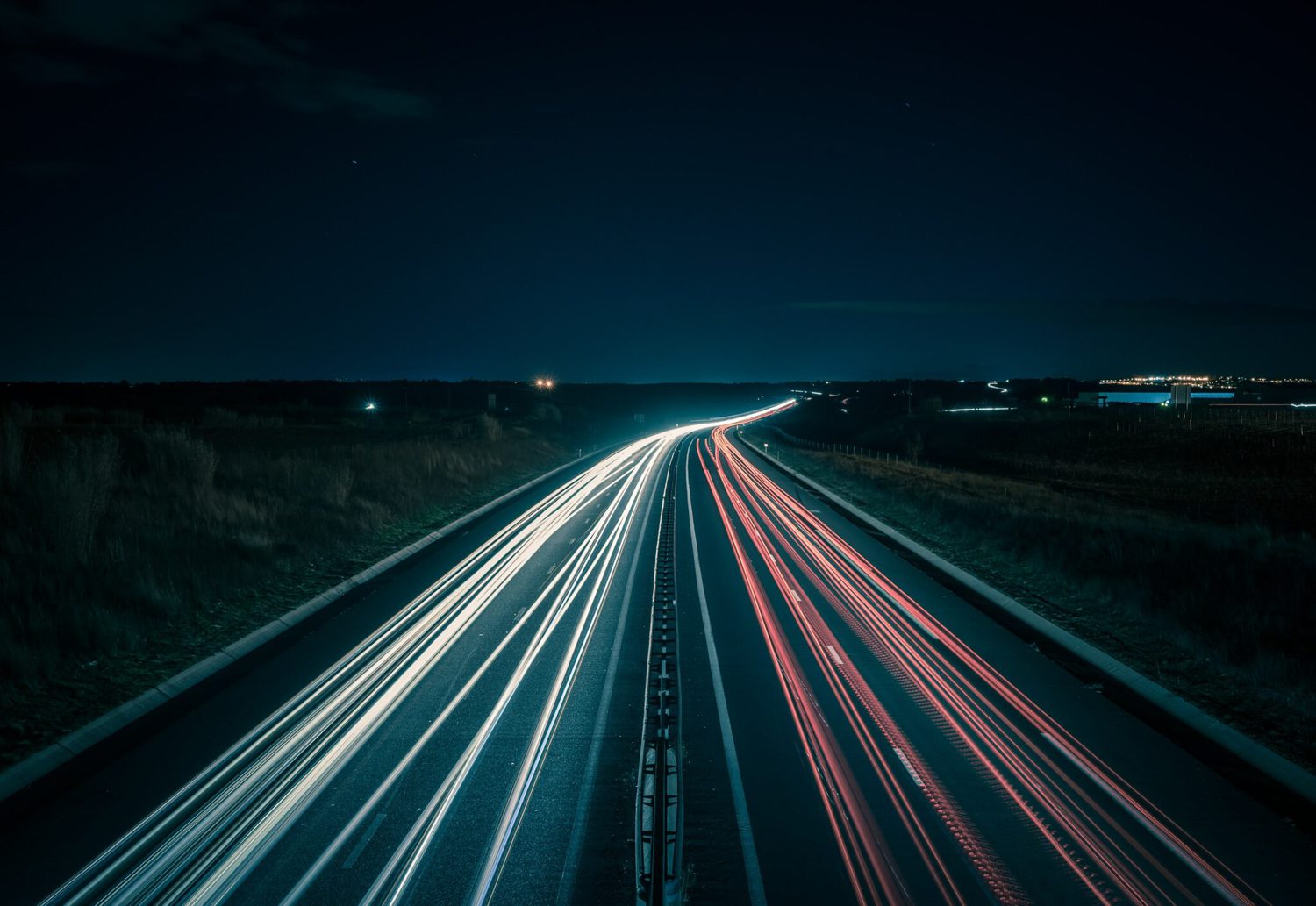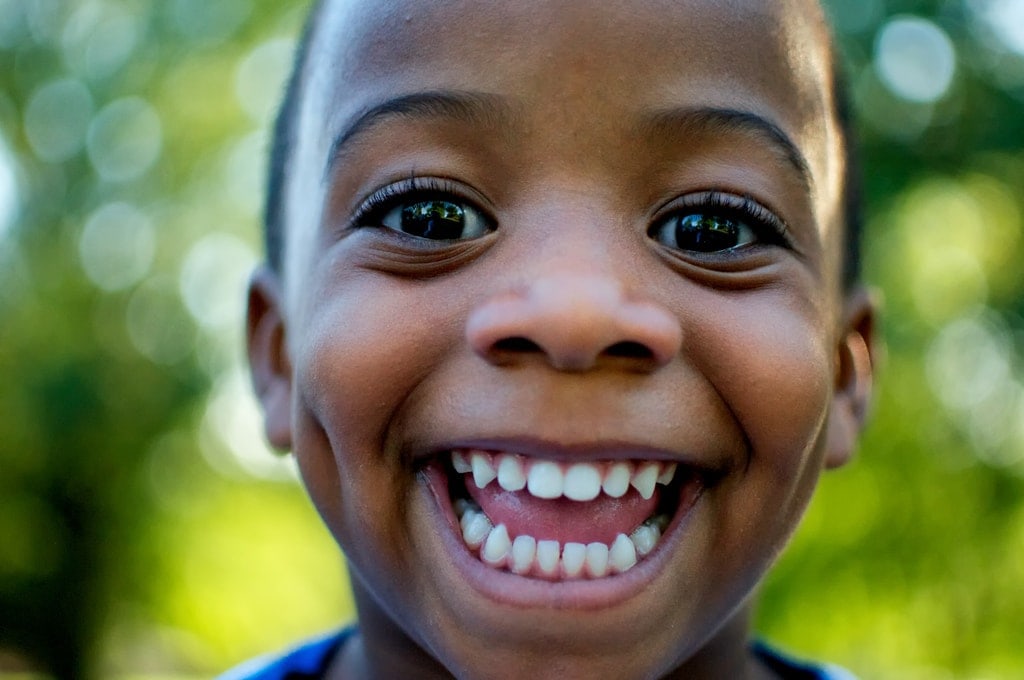Today I come to talk to you about the semi-manual or semi-automatic modes of your camera. I want you to understand the factors that help a photo to be produced, something essential when learning photography . You will see that deep down the idea is very simple, you just have to pay a little attention.
Knowing these bases will help you control the semi-manual modes of your camera and know when to use one or the other. In addition, you will be able to know how to use the manual mode (in the link you will find a complete guide in which I teach you to lose your fear so that you can get any photograph that you propose).
HOW IS A PHOTO PRODUCED?
Simplifying the idea extremely, we will say that a photo is produced thanks to the play of light and darkness. Normally when the camera is at rest its sensor (or film) is in the dark. Nothing happens. As soon as we shoot a photo a very small and brief glimpse of light enters the camera and hits its film or sensor. That amount of light that enters the camera is projected onto its sensor or film, thus reflecting the photographed scene.
For a photo to be produced, we therefore need:
- (A) Something on which the photo is recorded (film in old film cameras, or sensor in digital cameras);
- (B) Small opening in the body of the camera through which the light will enter when we take the photo.
- (C) Outside light.
THE KEY OF THE MANUAL MODE OF THE CAMERA
These 3 previous elements are all important, in equal degrees, but from the point of view of the camera at hand, manual mode is really based mainly on element (B), the small aperture that is in the camera ( specifically in the objective) where the image (light) enters . It is what is called Aperture or Diaphragm in the jargon of photographers.
AMOUNT OF LIGHT ENTERING
Two aspects come into play that determine the amount of light that enters: aperture and shutter speed.
DIAPHRAGM OPENING
When we want to control the amount of light that enters the camera, we place the mode dial of our camera in A or Av mode depending on the camera. This is a semi-manual or semi-automatic mode with which the camera allows us to control the diameter of the aperture. In other words, with mode A we can tell the camera that the aperture (diaphragm) has to be wide or narrow when taking the photo. Wider enters more light and narrower less light.
How do we tell the camera if we want a larger or smaller aperture? Well, as soon as we put ourselves in the "A" (or Av) mode, we will see that the camera allows us to control a value that appears as f /. The f/ value is the f-stop or aperture. If it is a low f/ value, the aperture is large and therefore more light enters.
For example with an aperture of f/2.8 the camera will capture much more light than with an aperture of f/11, and even less light with the aperture of f/22.
Check it right now on your SLR camera before proceeding. And if you want to go a little deeper, you can watch this video where I tell you about the relationship between this aperture and the depth of field.
SHUTTER SPEED
When we shoot the photo, the time the shutterStaying open allowing light to enter also influences the amount of light that enters. This time, even if it is thousandths of a second, can make a lot of difference.
We normally control it with S or TV mode (depending on the camera model). As soon as we select this semi-manual or semi-automatic mode of Speed Priority, we see that the camera allows us to control a numerical value that reflects the time in seconds that the diaphragm will remain open when we shoot the photo. This value can be, for example, 1/2000s, meaning: when taking the photo, the diaphragm will remain open for 1/2000 of a second, which is a very, very short time. On the other hand, the value 1/5s will mean: when taking the photo the diaphragm will remain open for 1/5 fraction of a second, which is relatively slower than the previous one. We could also put a value of 3″ which simply means: when taking the photo the diaphragm will remain open for 3 seconds.
And what good is it for me to control the time during which the diaphragm is open when shooting a photo? Well, for example, if I am taking a photo and it comes out very, very dark, I can place the camera in the semi-manual mode "S" which allows me to control the shutter speed (time during which the diaphragm/aperture remains open) and put it on the camera a relatively slow shutter speed (1 second for example, and if I see that I need more I put 3 seconds, and so I go).
Another utility of the "S" mode is when we want to freeze a scene. For example, in shows or sports, the subject usually moves very quickly and that can sometimes cause the subject to come out blurry or blurry. To solve it, we put ourselves in "S" mode and tell the camera that we want a fast shutter speed, so fast that the image freezes in a thousandth of a second, so we put a value of 1/1000s for example.
In the following video I explain all this about the relationship between the shutter speed and the relationship with the movement of the scene.
AND WHAT ABOUT 100% MANUAL MODE?
These two modes that we have just seen are semi-manual or semi-automatic. Aperture Priority (A or AV) mode controls how wide the aperture is; and Velocity Priority (S or Tv) mode, determines how the diaphragm opens and closes. Each of these two modes allows us to control one aspect or one control (aperture/speed) while the camera takes control of the other. If, for example, I choose the S/Tv mode and select the shutter speed of 1/500s, the camera itself will adjust the Aperture (the diameter of the diaphragm) in such a way that enough light enters to take a photograph. properly exposed with the shutter speed I want, and vice versa. With Aperture Priority mode, if for example I set f/4, the camera will calculate the correct shutter speed value for that situation.
With manual mode, you determine the aperture and shutter speed.
ASK YOURSELF THESE QUESTIONS BEFORE TAKING A PHOTO
Many times, getting a successful photo does not require more effort than stopping for a brief moment before taking the photo and asking yourself a series of questions that are sometimes vital for the result to be the desired one.
Although they seem like a lot of questions, as soon as you memorize them and apply them a few times at first, they will already be recorded in your mind and you will begin to do them more and more agilely and quickly, almost unconsciously.
IF YOU USE A REFLEX CAMERA
- Am I in RAW or JPG mode?
- Do I have the exposure, ISO, shooting, and focus values set correctly?
- If I am in manual or semi-manual mode, have I set the correct values for aperture and shutter speed?
- Is enough light entering the camera?
USING ANY TYPE OF CAMERA (REFLEX OR COMPACT)
- Am I happy with the composition/framing?
- Have I supported my hand or am I using a tripod so that the camera does not shake and that the photo does not come out blurry?
- Am I using a recently learned technique, tip or trick that I am putting into practice?
- Do I need the flash?
If you have more questions you can share them with everyone below in the comments.
EXAMPLES OF THE USE OF THE SEMI-MANUAL MODES OF AN SLR CAMERA
S/Tv mode, Speed Priority: As we said before, with this semi-manual mode what we control is the shutter speed, that is, the time during which the lens remains open with outside light penetrating the camera. So I recommend you use it when you want to freeze or reflect a movement. In situations where the scene is moving, make it changeable. For example, when photographing children playing, a sport, animals, etc.
Here are a couple of examples in which the shutter speed has been controlled, in the first leaving it at the value of 30 seconds (that is, 30 seconds while the photo is being recorded), and the result is the following:
In this other one, the speed has been much faster (1/640s), so the movement of the liquid has been frozen.

A/Av Mode, Aperture Priority: Here, if you remember, the camera let us control the size of the aperture when taking the photo. Remember that a large aperture is set to a small f/ value: f/2.8, f/4, etc.; while a higher value type f/16 corresponds to a smaller diaphragm opening. That is why it is recommended when what interests you is deciding what you want to be in focus and what you want not, for example, in portraits, or in landscapes, or when you need a lot of light and the scene is static.
Below are two images with a large aperture, in this case the first is f/2.8 and the second is f/1.8. As they are large apertures, the camera has been able to receive a lot of light and, in addition, as you can see, the background is out of focus.


In this one, however, a smaller aperture (f/11) has been used and there is much more area in focus.
DO YOU DARE TO PRACTICE?
If you dare to practice with your camera, please share the results with us. You can upload them to your favorite social network and leave a link to the photos in the comments below. Any questions please do not hesitate to ask.
Bonus Track: A little trick that will help you learn a lot about manual and semi-manual modes: when you are looking at a photo on Flickr and you are wondering what settings the photographer had to use on his camera at the time of capturing the image, it is possible find out. Simply, you have to add the word "meta" to the end of the URL of the image in the browser. For example, if you are viewing an image and the address is: https://www.flickr.com/photos/laenulfean/548688957/ add "meta" so it becomes: https://www.flickr.com/photos/laenulfean/548688957/meta. So you can access the camera settings register where you will see shutter speed, aperture/diaphragm, whether or not the flash was used, etc.
Is all for today. If you want to know more about the shooting modes of your camera , take a look at the article at the link. And if you found it interesting, feel free. Share it on your favorite social network. Thank you.

![BASIC PHOTOGRAPHY: SEMI-MANUAL OR SEMI-AUTO MODES [UPDATED]](https://photographychef.com/wp-content/uploads/2023/02/basic-photography-semi-manual-or-semi-auto-modes-updated.jpg)
